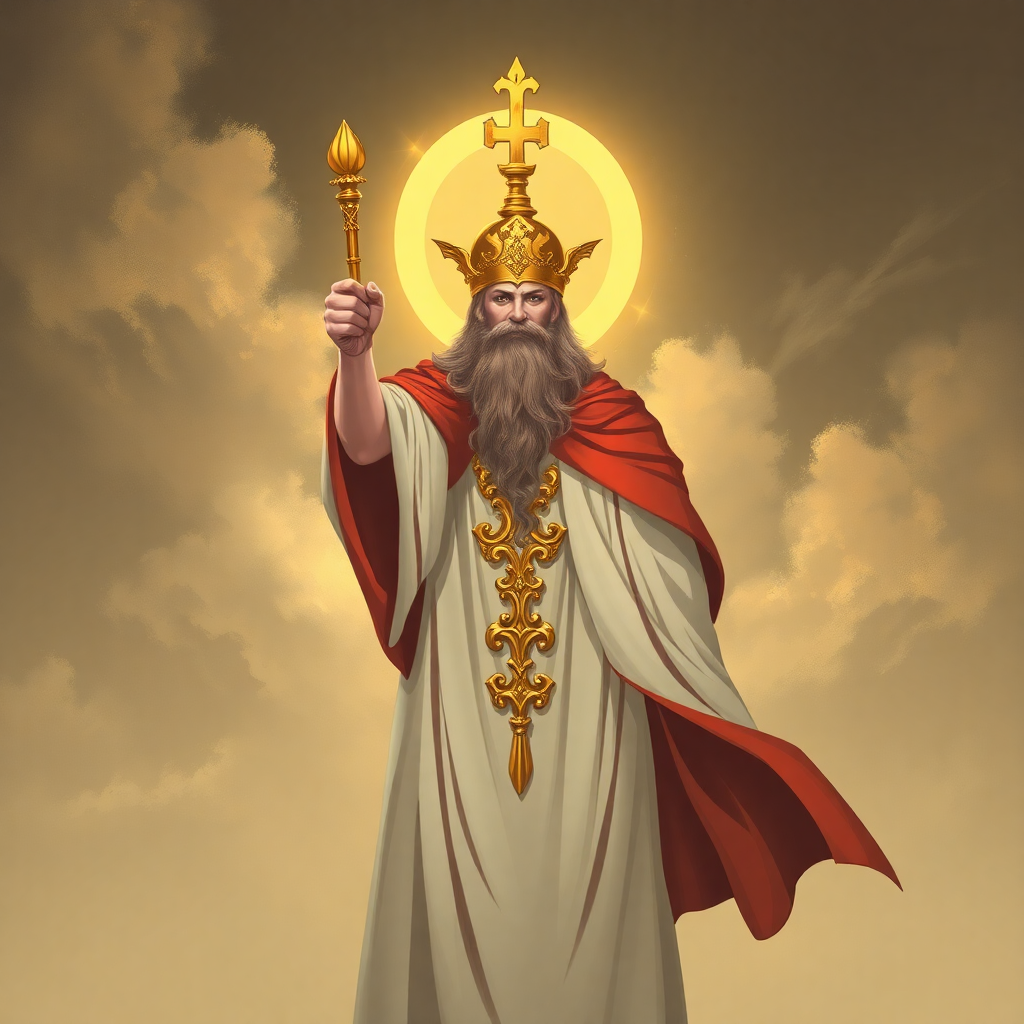What is the Difference Between Chief Priests and High Priests?
While high priests were typically seen as independent figures, chief priests could be part of the broader council of priests that advised the high priest and assisted in managing the Temple and its operations.
The roles of chief priests and high priests are often discussed in religious and historical contexts, particularly regarding ancient Jewish governance and religious practices. While these terms might be used interchangeably at times, they embody distinct functions and significance within the religious hierarchy. Understanding these differences is crucial for a deeper appreciation of biblical texts and the intricacies of ancient religious systems.
The Role of High Priests
The high priest was the supreme religious leader in ancient Israel and held a position of great authority and responsibility. This role was particularly significant during the periods of the First and Second Temples in Jerusalem. The high priest was typically a member of the Aaronic lineage, tracing descent from Aaron, the brother of Moses. This hereditary aspect reinforced the high priest's legitimacy and connection to the priestly traditions established in the Torah.
High priests were responsible for performing the most sacred rituals, especially those conducted on Yom Kippur, the Day of Atonement. On this pivotal day, the high priest entered the Holy of Holies, the innermost sanctum of the Temple, to make atonement for the sins of the people. Besides this, the high priest also oversaw offerings, maintained the sanctity of the Temple, and provided spiritual guidance to the nation.

The Role of Chief Priests
Chief priests, on the other hand, referred to a broader group of influential priestly families and leaders who held various administrative and judicial powers. They were often well-connected, both politically and socially, and played significant roles within the religious hierarchy. While high priests were typically seen as independent figures, chief priests could be part of the broader council of priests that advised the high priest and assisted in managing the Temple and its operations.
In the New Testament, chief priests are frequently mentioned in the context of the political and social dynamics surrounding the ministry of Jesus. They were often involved in the decision-making processes that affected the Temple's operations and were responsible for maintaining religious laws and order. The chief priests collaborated with other groups, such as the Pharisees and Sadducees, and they were instrumental in the events leading to Jesus' trial and crucifixion.
Interactions and Relationships
The relationship between high priests and chief priests can often be one of collaboration and tension. Although there was a hierarchy, high priests operated with a significant degree of autonomy, which sometimes led to conflicts of interest with the chief priests. The high priest's unique position often meant he had direct lines of communication with the divine, while the chief priests managed the practicalities of Temple life and governance.
In situations like the trial of Jesus, the dynamics among chief priests and the high priest were crucial. The high priest, Caiaphas, is depicted as a central figure in orchestrating the prosecution of Jesus, indicating how the roles could intersect and overlap in critical moments of religious and political significance.
Summary: Key Differences
In summary, the distinction between chief priests and high priests exists primarily in their authority, responsibilities, and roles within the religious hierarchy. The high priest stands as the principal religious figure, tasked with performing the highest rites and holding a unique position of spiritual authority. In contrast, chief priests represent a collective of influential leaders within the priestly class, fulfilling roles that encompass administration, governance, and everyday religious responsibilities. Understanding these differences enhances our comprehension of the complexities of ancient Jewish religious life and its implications for historical narratives.